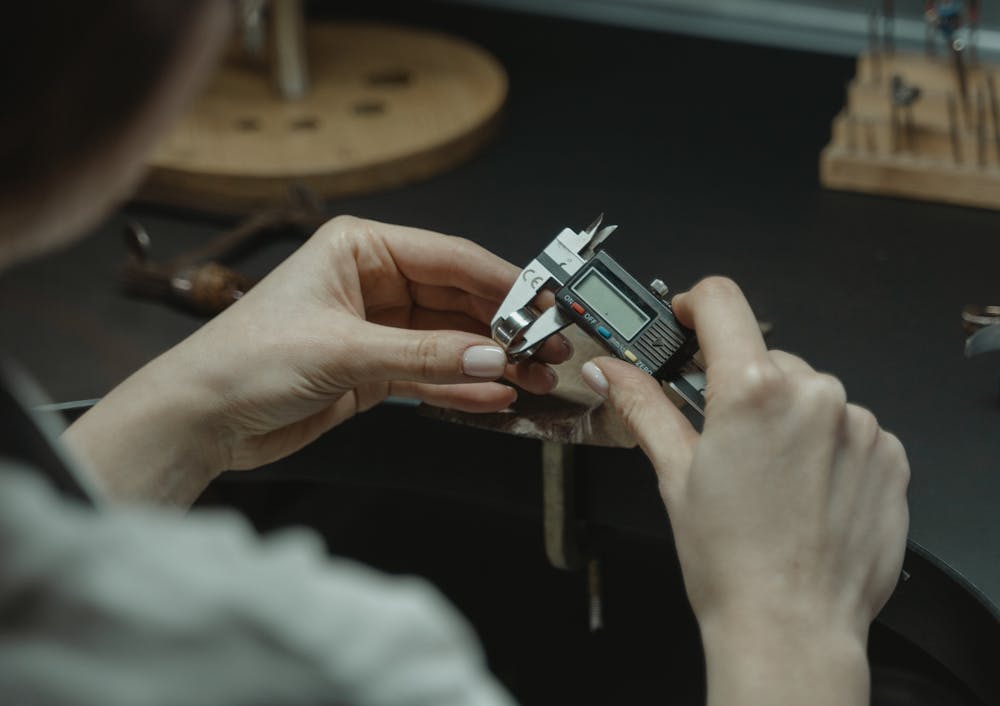If you’re in a field where precision is everything, you know how crucial your tools are. Ever wonder about the magic behind keeping these tools accurate? That’s where gage calibration comes into play. This isn’t just any routine check-up—it’s the backbone of ensuring your equipment performs perfectly, every time. Let’s unpack why this is a job best left to the experts, such as Gage Calibration Services From MTA.
Decoding Gage Calibration
What’s Gage Calibration Anyway?
Imagine having a high-stakes game where the rules keep changing unless someone keeps them in check—that’s what happens if tools aren’t calibrated. Gage calibration is all about double-checking and tweaking your measurement tools to make sure they stick to the rules, or rather, the specifications they’re supposed to meet.
Why Precise Measurements Are Non-Negotiable
The Big Deal About Being Exact
In high-stakes industries like aerospace, automotive, and medical devices, even a tiny error can snowball into huge issues, from safety hazards to massive recalls. Getting calibration right syncs up beautifully with:
- Quality Control – Hits the mark on tough quality standards.
- Regulations – Keeps you on the right side of industry laws.
- Saving Dough – Less waste, fewer costly mistakes.
Let the Experts Handle It
Special Know-How
Calibration isn’t something you pick up at a weekend workshop. It requires deep know-how about complex standards and the use of advanced instruments—something calibration pros are trained in.
Top-Notch Gear
Professionals bring out the big guns—tech and tools that most businesses can’t justify investing in. This gear isn’t just pricey, it needs constant updates and care.
Quality, Every Single Time
With pros, you get nothing but consistency. They follow a strict blueprint to ensure every measurement is on point, which means you can trust your tools without a second thought.
Behind the Scenes: How Pros Calibrate
The Nitty-Gritty Steps
- Setup – They start by giving your tool a thorough once-over to spot any obvious issues.
- Testing – Next, they compare your tool’s output against a gold standard to see how off it might be.
- Tweaking – Any discrepancies? They’ll adjust your tool to dial it into the right settings.
- Record Keeping – Every detail is documented for compliance and quality tracking—super important stuff.
The Toolbox
- Software – This isn’t your average app—it’s specialized for crunching calibration data.
- Standards – These aren’t just any references but precision-made masters of measurement.
- Controlled Environments – Even the room’s conditions are controlled to avoid any off readings.
FAQs Made Simple
Can’t I Just Calibrate Tools Myself?
Short answer – It’s not as simple. While some basic software can adjust minor things, you can’t replace the precision that a seasoned pro brings to the table.
How Often Should Calibration Happen?
Here’s the scoop – It varies. The rule of thumb is yearly, but high-use or critical tools might need more love.
Is It Costly?
Think of it this way – It seems like a pinch on the wallet upfront, but it’s a bargain compared to the potential financial storms it prevents.
What If My Equipment Is Old? Should It Still Be Calibrated?
Definitely – Age doesn’t exempt equipment from needing calibration. In fact, older tools often drift from their intended settings more frequently and require more regular checks to ensure they continue to operate effectively.
Can Calibration Impact My Product Warranty?
Absolutely – Many manufacturers require regular calibration as part of the warranty terms. Skipping on this can void your warranty, which could lead to major expenses if the equipment fails.
What’s the Risk of Using Uncalibrated Instruments?
Bigger than you might think – Using tools that aren’t calibrated can lead to inaccurate measurements, which might compromise the safety and quality of your products. This can also lead to failed inspections, customer dissatisfaction, and even legal issues depending on your industry.
Looking Ahead: What’s Next in Calibration?
Tech Takeover
From AI to automated systems, tech is making calibration faster and more foolproof. We’re talking about cutting down errors and scaling up efficiency.
IoT Steps In
Thanks to IoT, tools now tell on themselves if they start measuring oddly, allowing real-time tweaks.
Remote Control
With better connectivity, remote calibration is becoming a thing. Get your tools calibrated without sending them out or booking a tech visit.
Green Measures
Calibration’s going green too, with techniques that cut down on waste and energy use.
Picking a Pro: Tips
- Certifications Matter – Look for the stamps of approval.
- Experience Counts – Go with pros who know your field.
- Tech-Savvy – Make sure they’re using the latest and greatest.
By leaning on seasoned experts, you protect not just your products but your entire business’s reputation and financial health. So, ready to go pro? It’s a smart move.
Wrapping Up
Choosing to leave gage calibration to the pros is not just about outsourcing a task—it’s about entrusting your most critical operations to expert hands. With everything that could go wrong, why take the chance?

